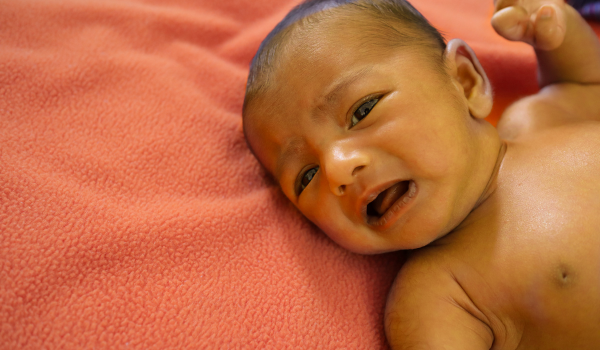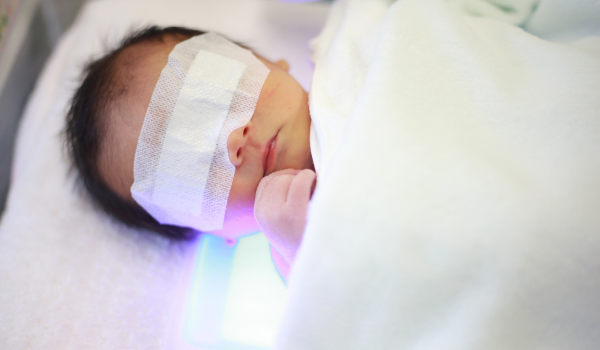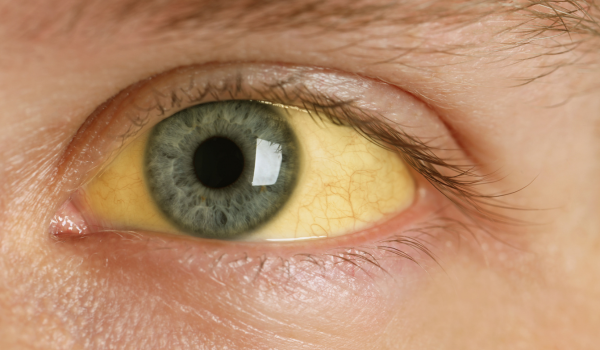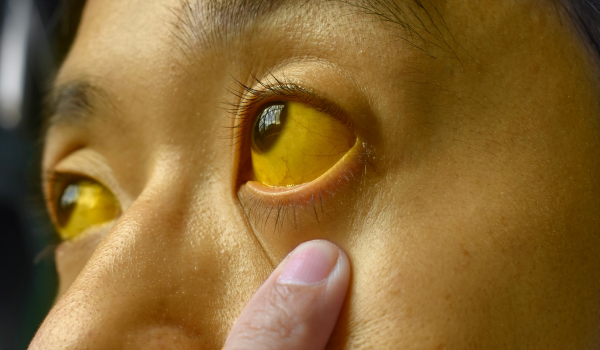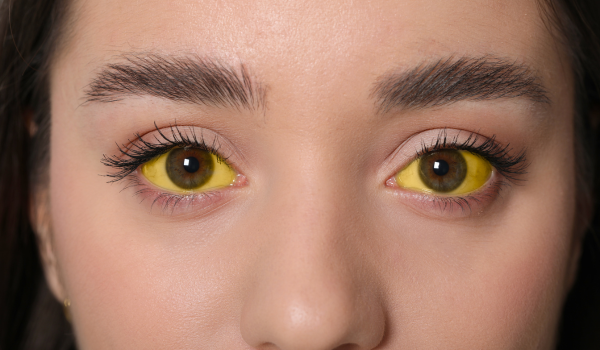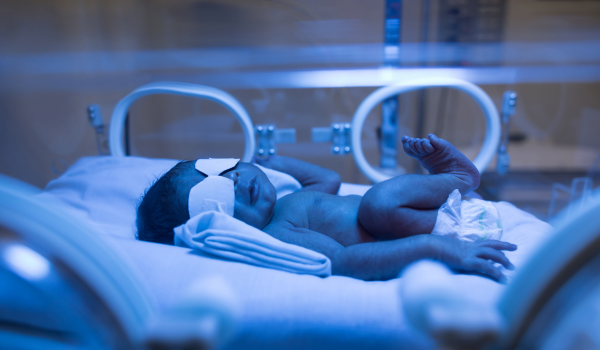
Introduction
Newborn jaundice is a common condition that affects many babies within the first few days of life. It occurs when a baby’s skin and eyes develop a yellow tint due to high levels of bilirubin in the blood. While mild cases are usually harmless and resolve on their own, some cases can indicate underlying medical problems and require prompt treatment.
This article explores the causes of newborn jaundice, potential risks if left untreated, and available treatments to ensure your baby’s health and safety.
Understanding Newborn Jaundice
Newborn jaundice happens because a baby’s liver is still developing and may not be efficient enough to remove bilirubin quickly. Bilirubin is a yellow pigment produced during the normal breakdown of red blood cells.
Key facts:
-
Most newborns show some degree of jaundice within the first week.
-
Premature babies are more likely to develop noticeable jaundice.
-
In most cases, it resolves without causing harm.
Why It Happens
Several factors contribute to jaundice in newborns:
-
Physiological jaundice: Common in healthy newborns as their immature liver gradually matures.
-
Breastfeeding jaundice: Can occur when a baby is not feeding enough, leading to dehydration and reduced bilirubin elimination.
-
Breast milk jaundice: Caused by certain substances in breast milk that may slow bilirubin breakdown.
-
Blood type incompatibility (Rh or ABO): Can trigger rapid breakdown of red blood cells, raising bilirubin levels.
-
Premature birth: Immature organs make bilirubin processing slower.
-
Infections or liver disorders: Rare but serious causes that need urgent medical attention.
Signs to Watch
Newborn jaundice symptoms usually appear within the first few days after birth:
-
Yellowing of the skin, starting from the face and moving downward
-
Yellowing of the whites of the eyes
-
Poor feeding or sucking
-
Lethargy or unusual sleepiness
-
Dark urine and pale stools in severe cases
Parents should monitor these signs closely and contact a healthcare provider if they worsen.
When It Becomes Risky
While mild jaundice often clears without intervention, certain situations require immediate attention:
-
Very high bilirubin levels: Can lead to brain damage (kernicterus) if untreated.
-
Early onset (within 24 hours of birth): May signal serious underlying conditions.
-
Rapid increase in bilirubin: Indicates possible hemolytic disease or infection.
-
Persistent jaundice: Lasting beyond two weeks in full-term babies or three weeks in preterm babies may suggest ongoing health issues.
Potential Complications
If untreated, high bilirubin levels can cause:
-
Kernicterus: Permanent brain damage leading to hearing loss, cerebral palsy, or learning difficulties.
-
Seizures: Resulting from severe brain involvement.
-
Developmental delays: Due to long-term neurological impairment.
Early recognition and treatment are critical to avoid these outcomes.
Diagnosis Process
Doctors use a combination of physical examination and bilirubin testing to diagnose newborn jaundice:
-
Visual check: Looking for skin and eye discoloration.
-
Transcutaneous bilirubin test: A non-invasive device placed on the baby’s skin.
-
Blood test: Measures total serum bilirubin to confirm levels.
Additional tests may be ordered if jaundice appears early or is unusually severe.
Treatment Options
Treatment depends on the cause, severity, and age of the newborn:
-
Phototherapy: The most common treatment; special blue lights help break down bilirubin so the baby can excrete it.
-
Exchange transfusion: Used in severe cases to replace the baby’s blood and rapidly lower bilirubin levels.
-
Intravenous immunoglobulin (IVIG): For jaundice caused by blood type incompatibility.
-
Increased feeding: Frequent breastfeeding or formula feeding helps flush bilirubin through urine and stools.
Home Care Tips
Parents can help manage mild jaundice at home under medical guidance:
-
Feed the baby 8–12 times a day to promote bilirubin excretion.
-
Ensure proper hydration.
-
Place the baby in indirect sunlight for short periods (as advised by a doctor).
-
Monitor changes in skin color and behavior daily.
Prevention Strategies
While not all cases of newborn jaundice are preventable, these steps can help reduce the risk:
-
Begin breastfeeding early and often.
-
Schedule follow-up visits within a few days after birth to monitor bilirubin levels.
-
Identify risk factors during pregnancy, such as blood type incompatibility.
-
Ensure timely treatment for infections or other health conditions in newborns.
When to Seek Immediate Help
Parents should call their healthcare provider right away if:
-
The baby’s skin looks more yellow or the yellowing spreads.
-
The baby is difficult to wake or refuses to feed.
-
The baby has a high-pitched cry, seizures, or unusual movements.
-
The jaundice lasts longer than expected.
Conclusion
Jaundice in newborns is common and usually harmless when properly monitored. However, recognizing the signs early, understanding the causes, and seeking timely treatment are essential for preventing serious complications. With proper care and medical support, most babies recover fully without long-term effects.
